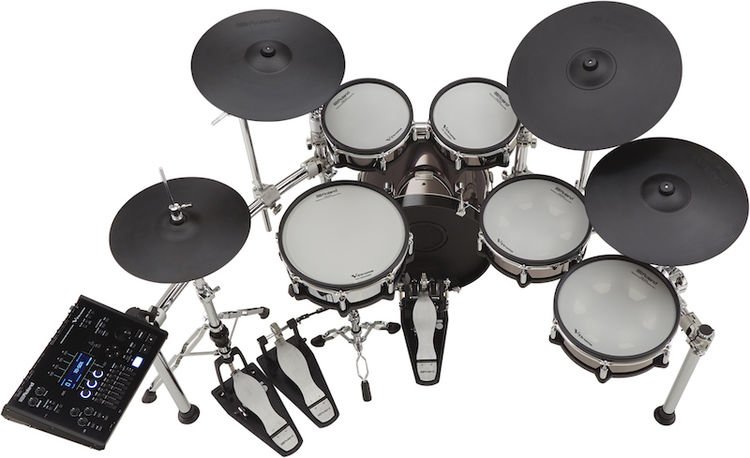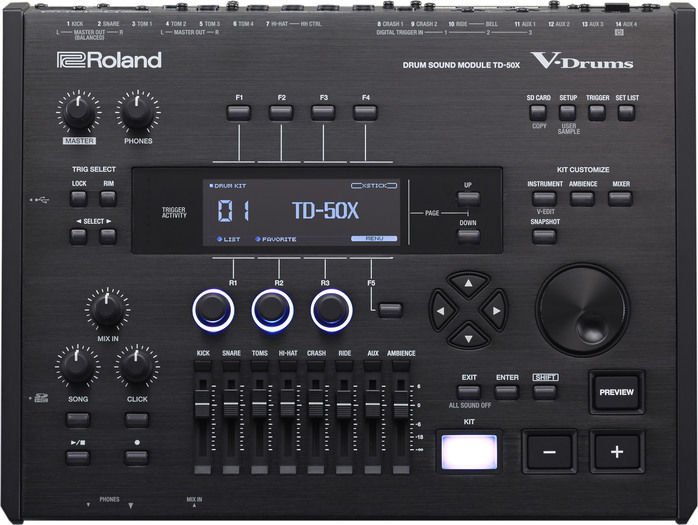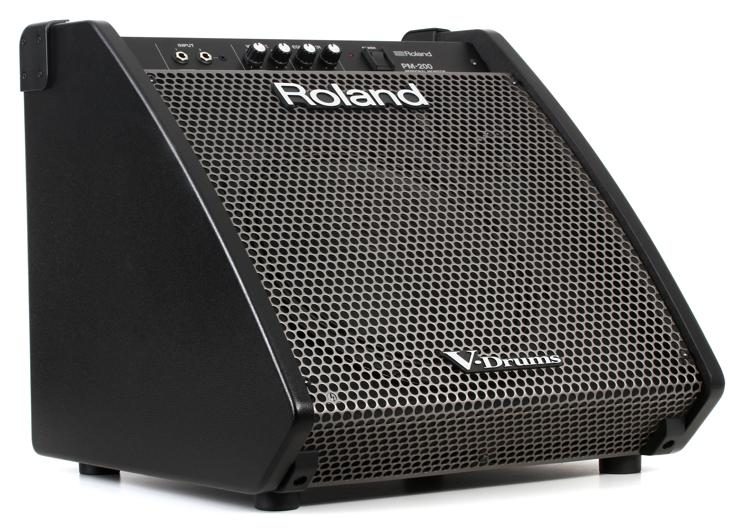What is Needed for Electronic Drums?
If you buy an entry-level electronic drum set, you typically get everything you need with the purchase. However, certain things start to get omitted as prices for the drums get higher.
Every electronic drum kit includes a set of drum pads, cymbal pads, a drum module, and a rack.
Here’s a list of more things that you’ll need to play the set:
Drum sticks
Drum throne
Hi-hat stand (if the electronic kit doesn’t come with one)
Headphones or an amp
Do you need speakers for electronic drums?
Not many electronic drum sets have built-in speakers. None of the kits from major brands do, anyway. The major brands are Alesis, Roland, and Yamaha. So, you need something to use to hear the drums coming from the module.
You don’t need speakers for electronic drums, though, as you can simply use earphones or headphones. However, it’s ideal to have speakers as it can be cumbersome and uncomfortable to wear headphones all the time.
You’re also going to need speakers if you want anyone other than yourself to hear everything that you’re playing on the electronic drum set.
If you want to use the electronic drums to play live gigs, then you should get an amplifier that can raise the volume loud enough for a crowd to hear.
How does an electronic drum make sound?
Every electronic drum or pad has built-in trigger points. These triggers detect vibrations from drumsticks when they’re struck, and that sends signals through to the drum module. When the drum module receives these signals, sounds get triggered.
You need to have headphones or an amp connected to the drum module to hear these sounds. You also need to have your electronic drum set powered by electricity for this to happen.
If the electronic kit doesn’t have power, it can’t be switched on and you’ll just hear the tapping of the pads.



